
Plans by the world’s biggest food companies for a radical shakeup of front-of-pack labelling have somewhat snuck under the radar amid the Brexit drama.
Coca-Cola, Mars, Mondelez, Nestlé, PepsiCo and Unilever last week presented plans for a breakaway system that they want to start rolling out as early as next year.
But will the proposals, as the companies claim, help end customer confusion over schemes like traffic lights or are they just a blatant attempt to make their products appear healthier?
The companies don’t just want to overhaul the UK’s hydrid GDA/traffic lights, which many leading suppliers still snub four years after launch. They also plan to take their colour-coded labels to Europe. The proposed new model has a crucial difference to the old one: the firms say labels must take into account portion sizes if they are to mean anything to consumers.
With the help of academics, the companies have drawn up an Evolved Nutrition Label (ENL) including a recommended system of portion sizes for a vast range of food types, which would see thousands of SKUs, including products such as cheeses, confectionery, biscuits and olive spreads, have their current red warnings replaced with amber lights.
How the breakaway label plan would work
The proposed system suggests changes to the way the UK’s system labels many products that are high in fat, salt or sugar.
Companies have drawn up ‘reference portion sizes’ - for example it would be 30g for chocolate bars, 30g-40g for cheese and 50g-60g for breakfast cereals.
Products with smaller portion sizes, such as biscuits and confectionery, would automatically get an amber light for salt, fat and sugar if each of those elements represents less than 15% of the recommended daily reference intake (RI).
Products with a recommended medium-sized portion, such as ice cream, would also get an automatic amber light for those nutrients, if the portion were less than 25% of the reference intake.
Meanwhile for large meals, such as ready meals, there would be an automatic amber for nutrients making up less than 30% of the RI.
The companies hope the new system will address problems with the 2013 traffic lights, which has been snubbed by big players, including Mondelez and Unilever, as well as Kellogg’s, Ferrero and General Mills. This means that although all retailers are signed up, areas with a large branded presence such as biscuits have huge gaps. The new system would mean many such products getting colour-coded labelling for the first time.
Are portion figures pie in the sky?
Coca-Cola, Mars, Mondelez, Nestlé, PepsiCo and Unilever claim they have “robust” figures to back up their system going Europe-wide. Professor Mike Gibney of University College Dublin, who leads the academic support, cites a 2016 study (Kirwan et al), which suggests while tastes and consumption patterns vary across the continent, when it comes to portions, Europeans are similar.
“A pizza portion in the UK, for example, is similar to one in Italy,” says Gibney.
However, just last week exclusive research among 2,000 consumers for The Grocer by Harris Interactive found more than one in five (21%) Brits admit to sometimes scoffing a whole packet of biscuits in one go - well outside any portion recommendations. Critics claim the same is true for many other sectors that the companies want to go amber.
Malcolm Clark, director of the Children’s Food Campaign, says: “Biscuits are just one example where those proposed portion sizes bear no relation to what people actually consume. There is a real issue that these companies may be trying to paint their products as healthier than they are.”
In France the ENL has been slammed by the dairy industry as “nonsense” while consumer groups branded it “an attempt to scramble” the government’s recently brought in NutriScore front-of-pack system.
French consumer groups UFC-Que Choisir and CLCV launched a petition on Change.org last week calling on the food industry to retain NutriScore. The petition, which calls ENL “less clear” and “a source of confusion”, already has more than 4,000 signatories.
The European Public Health Alliance, the European Heart Network and the European Consumer Organisation issued a statement slamming the plans as making it harder for consumers to compare foods, and likely to mislead them as to nutrition.
The companies behind ENL are adamant that the plans fall within existing EU Food Information Regulations (FIR) and would not require legislation. However, they have pledged to negotiate with the UK government, acknowledging that a perceived commercially dictated system would be toxic PR. The issue will also be front of mind for the government, which claims Brexit will give it greater flexibility to determine what information should be presented on packaged food.
The childhood obesity plan mooted the idea that sugar spoon labels may feature in the government’s rebooted front-of-pack plans, which, crucially, could even become mandatory rather than voluntary, as they have been under EU rules.
“Because of Brexit, front-of-pack labelling and which regulators take control of it is becoming a massive issue,” says one leading retail source. “It would surely make more sense for these manufacturers to look to work with the UK government’s system, rather than seek to impose their own.”
The companies face another big obstacle. With PHE set to turn its attention from sugar to calories next year, The Grocer understands it is looking to declare war on unhealthy snacking. For the government to do that at the same time as allowing amber traffic lights for biscuits, confectionery and chocolates is certain to have opponents seeing red.
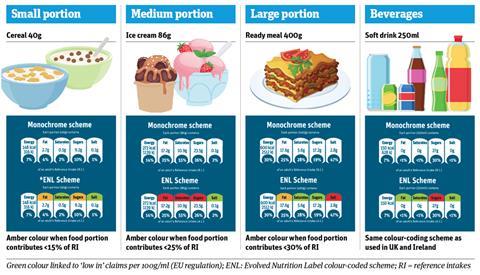







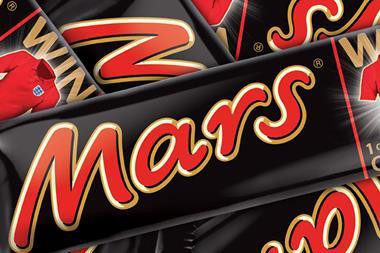
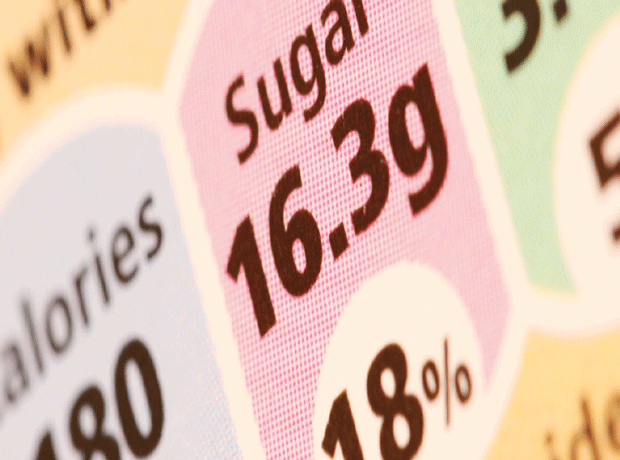

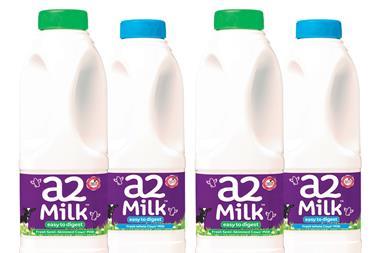

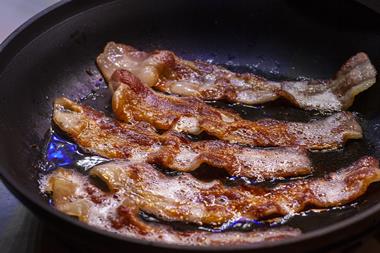






No comments yet